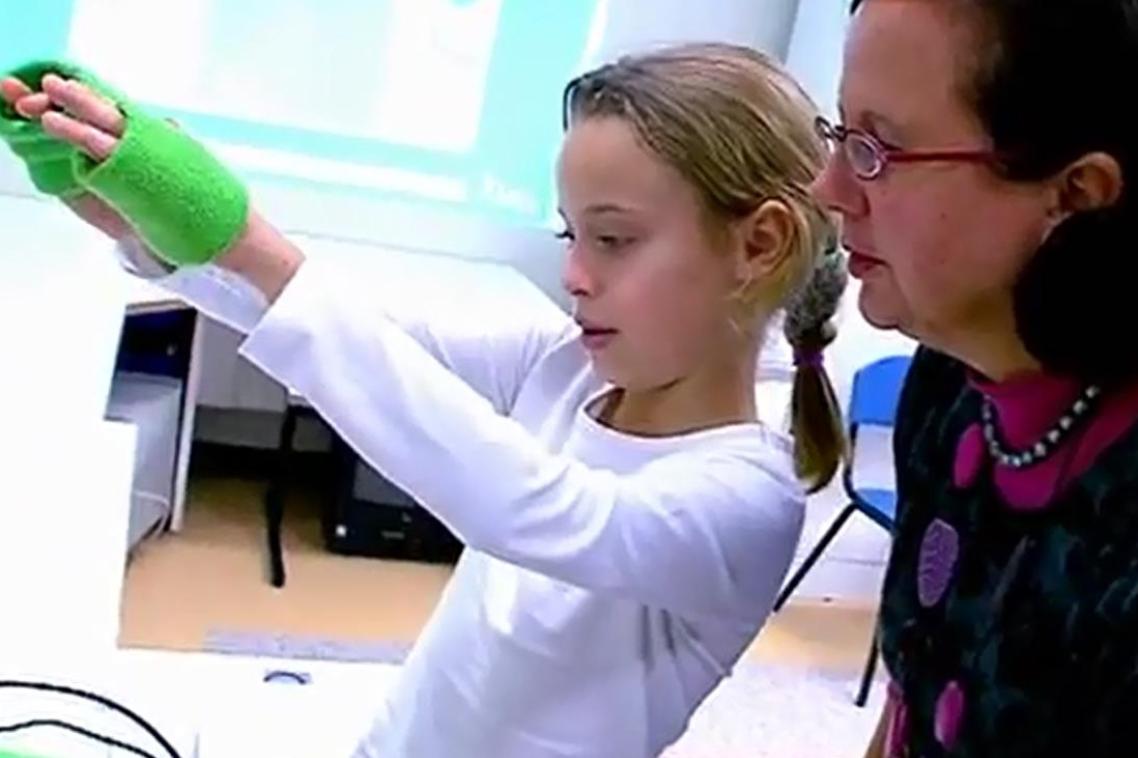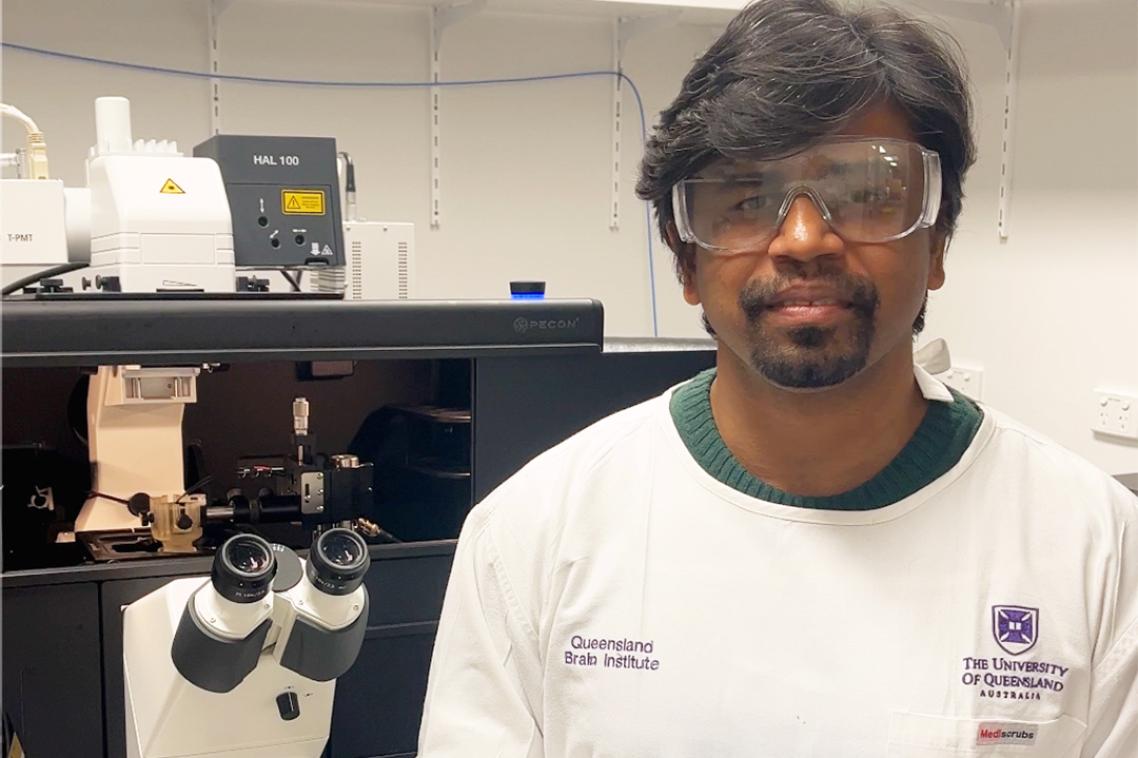National funding backs two ground-breaking UQ health research projects

New methods of preventing intestinal worms and better ways of supporting children with cerebral palsy are potential outcomes from University of Queensland research that has drawn more than $1.5 million in joint government and community funding this week.
The National Health and Medical Research Council and community partners will fund these two UQ projects, out of 14 funded nationally, under the Partnerships for Better Health (Partnerships Projects) scheme.
Associate Professor Darren Gray from the UQ's School of Population Health and the College of Medicine, Biology and Environment at the Australian National University, was awarded $764,916 for the project entitled The effectiveness, acceptability and cost effectiveness of the ‘BALatrine’.
“We will put the ‘BALatrine’ – a novel toilet – through an intervention trial to assess the effectiveness of it and hygiene education in the prevention of intestinal worms in Indonesia,” Associate Professor Gray said.
“This will provide an evidence base for translation of the intervention into public health policy and practice in Indonesia, the Asian region and beyond.”
The other UQ project that has been awarded funding under the scheme is led by Professor Roslyn Boyd, titled PREDICT outcomes to inform services for children with cerebral palsy.
The project has drawn $774,450 in NHMRC funding in addition to support from partners.
“The PREDICT Cerebral Palsy outcomes study will combine advanced neuro imaging at the Herston Imaging Research Facility with comprehensive information about motor, cognitive, and nutrition outcomes of children with cerebral palsy.
“An economic analysis of the outcomes will be performed to inform health service delivery,” Professor Boyd said.
“This NHMRC partnership grant is a collaboration between UQ, CSIRO, Queensland Health and the Cerebral Palsy Alliance and will enable clinicians to use neuro-imaging and clinical bio-markers to predict future outcomes for infants born with these early brain injuries.”
Deputy Vice-Chancellor (Research) Professor Anton Middelberg congratulated Professor Boyd and Associate Professor Gray for their efforts in translating excellent UQ research into practical outcomes aimed at improving quality of life globally.
“UQ has a history of delivering impact from its excellent research, and these projects underline the quality of the University’s researchers and the way they address their expertise to important and pressing global problems,” Professor Middelberg said.
“Both these projects are being undertaken in the Faculty of Medicine and Biomedical Sciences, and this result speaks to UQ’s well-established and widely understood strengths in health, medicine and science.”
Contact: Kate Gadenne, Communications Officer, Faculty of Medicine and Biomedical Sciences, k.gadenne@uq.edu.au, ph +61 7 3346 3036, 0438 727 895, or Fiona Cameron, UQ Communications, ph +61 3346 7086.
Topics
Related articles

New ultrasound imaging to map drug delivery into the brain

Staying physically active cuts risk of early death by 40 per cent
Media contact
UQ Communications
communications@uq.edu.au
+61 429 056 139
